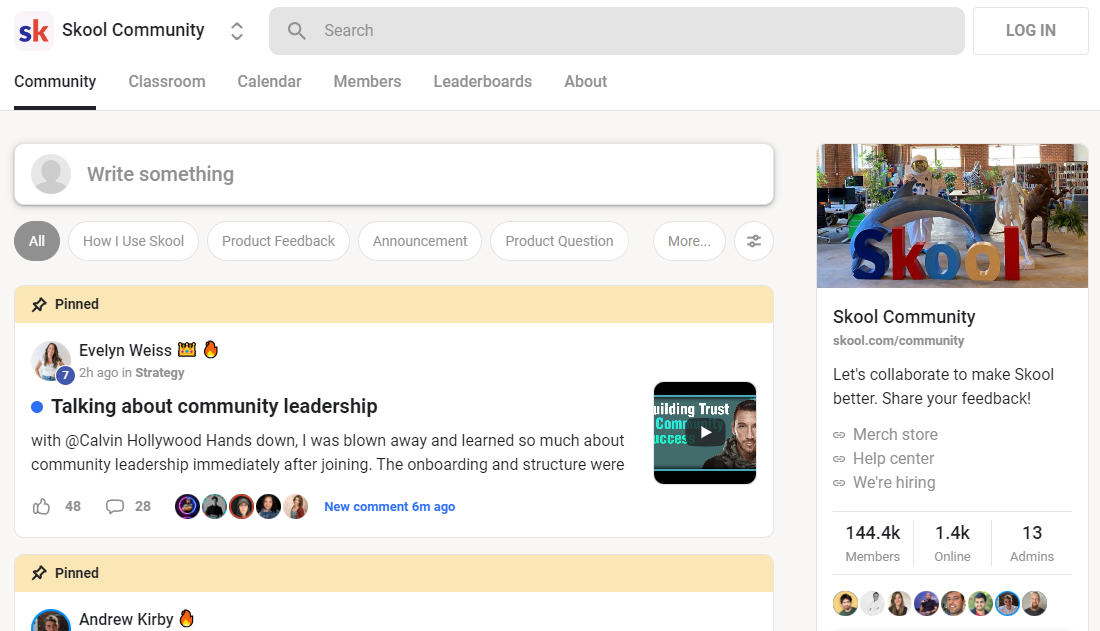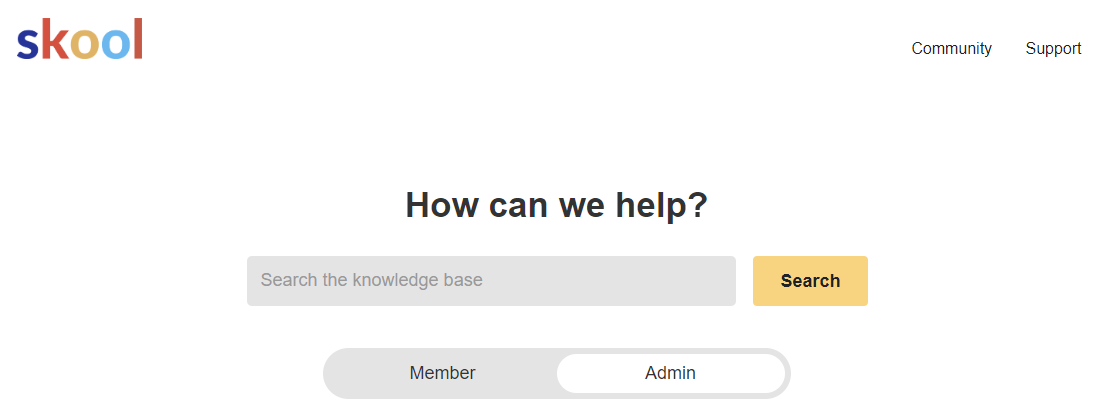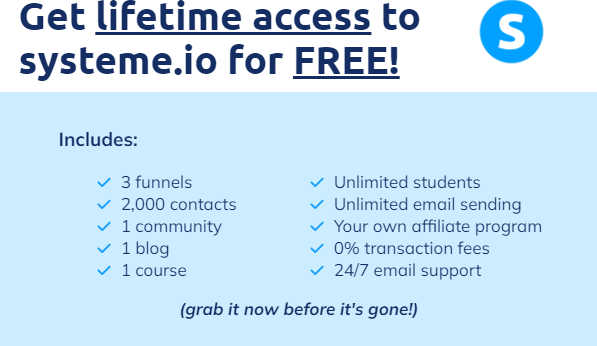Skool provides best-in-class gamification features that enhance interaction. For example, members can gain levels based upon their engagement, which open course content and various other incentives that better encourage them.
Formerly, developers had to utilize different tools for holding courses, building areas and managing e-mail advertising. This developed a disjointed experience for both makers and their audiences.
Producing Courses
Skool has an easy, straightforward interface and focuses on area building and program hosting over various other features. It allows makers to create a vibrant neighborhood for their training courses and coaching programs by linking them with the best audience. This also helps them keep track of the health and wellness of their material business with the help of a simple control panel.

To begin, a person can register for a complimentary 14-day test of Skool. Afterwards, they can pay $99 a month for the system to organize a single community. There are nothing else rates choices offered for the moment. Skool also processes repayment and pays developers weekly, yet it does bill a 2.9% deal cost.
One of the special elements of Skool is that it can be used to develop interactive courses. These can include live webinars, team projects and real-time conversations. These kinds of courses urge involvement and rise program completion prices. On top of that, Skool’s gamification attributes assist to motivate neighborhood involvement. For instance, members can gain points and unlock training course content when they reach details degrees in the neighborhood.
Users can also use the social feed on Skool to publish updates and communicate with others in the community. The feed looks like a Facebook team, but with a more regulated method of posting. This assists to stay clear of the sort of spam and abuse that happens on other social systems.
Handling Communities
Skool is a really basic system to utilize, for both participants and admins. Its simpleness is among its primary selling points– when someone joins your area they will not be faced with a bunch of alternatives or functions that can thwart their experience and confuse them.
The platform begins as a private team by default, yet you can quickly transform this to open your neighborhood to any person that you wish to belong to it. When you’ve done this you’ll see a social feed like you would certainly on Facebook Groups or WhatsApp (but without all the scam stuff and swearing).
You can additionally add a classroom tab to your community that you can make use of to share academic content with your participants. This function is specifically useful for areas that are focused on knowing or specialist advancement as it assists to produce an educational framework and makes it simple for participants to track their progression. Furthermore, the system has gamification aspects that permit members to make factors by suching as blog posts or comments. When they reach a certain degree they can open sources, such as training courses, further driving involvement.
The other great point is that Skool has a mobile app, much like Mighty Networks or Slack, so members can stay on top of your area and connect on the go. This is an excellent way to encourage and engage your members and to help them get assistance from each various other when they require it, instead of simply turning to you for responses.
Skool Subscription Memberships
Skool focuses on gamification, enabling users to earn points and badges for their contributions. This motivates participants to involve with the area and contribute to conversations. Consequently, this helps them level up and unlock rewards like video clips and various other web content. Admins can additionally set courses to be opened at specific levels to additional drive involvement.

The Skool user interface is spick-and-span and intuitive. Its main features include the Community tab, which looks similar to a Facebook team feed. Right here, customers can publish remarks and message as well as upload photos, links and videos. Participants can also view each others profiles and get in touch with them. Additionally, customers can develop personal groups in the community to talk about particular subjects.
One more feature of Skool is the Classroom tab, which resembles a YouTube livestream or Zoom meeting. Using this, administrators can hold trainings and webinars for their trainees. They can likewise add events in the schedule to stay upgraded on upcoming occasions and Skool Subscription Memberships.
Nonetheless, some facets of Skool could make use of improvement. For instance, the system isn’t versatile when it concerns money making as customers can not provide multiple rates rates for their programs and neighborhood memberships. In addition, the device does not have an email advertising and marketing function, which might be a bargain breaker for some program designers. It also does not have native video clip organizing, meaning that individuals need to utilize exterior systems like YouTube, Loom and Vimeo for their videos.
Adding Content
The process for adding material and communicating with participants on Skool is very easy and straightforward. Admins can create posts with message, GIFs, videos and surveys. They can likewise include event calendars to alert community members of upcoming team Zoom calls or live streams. Additionally, they can use Skool’s e-mail program attribute to send out a message to the whole area with a single click. This eliminates the demand for tagging and checklist division, which can be troublesome.
In addition, Skool’s gamification features can boost involvement and individual retention. It encourages participants to interact with the material often by compensating them with various perks. These consist of unlocking course material, earning points and making an area on community leaderboards.
While Skool uses a host of beneficial functions for producing and providing online courses, it’s not for everyone. The platform is best for trains, professionals and other details entrepreneurs. However, the price tag can be a barrier for some people looking to monetize their on-line web content.
Furthermore, the absence of basic tiers and a brief free trial may be a deterrent for several. Additionally, the platform’s laser-focus on eLearning can make it much less desirable for individuals who intend to market other electronic products. However, in spite of these drawbacks, Skool Subscription Memberships is still a sensible option for anyone wanting to produce and monetize on-line training courses.
